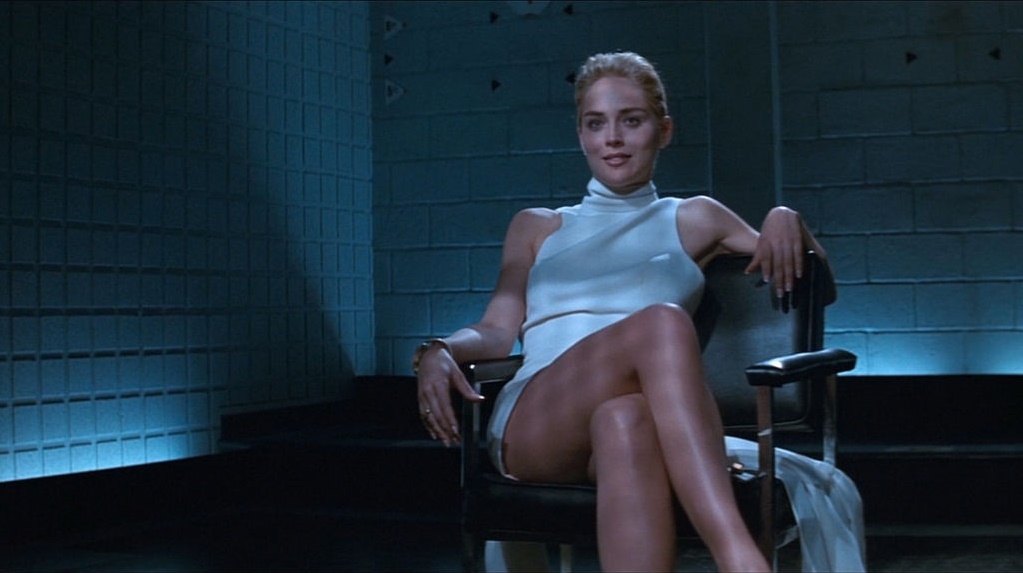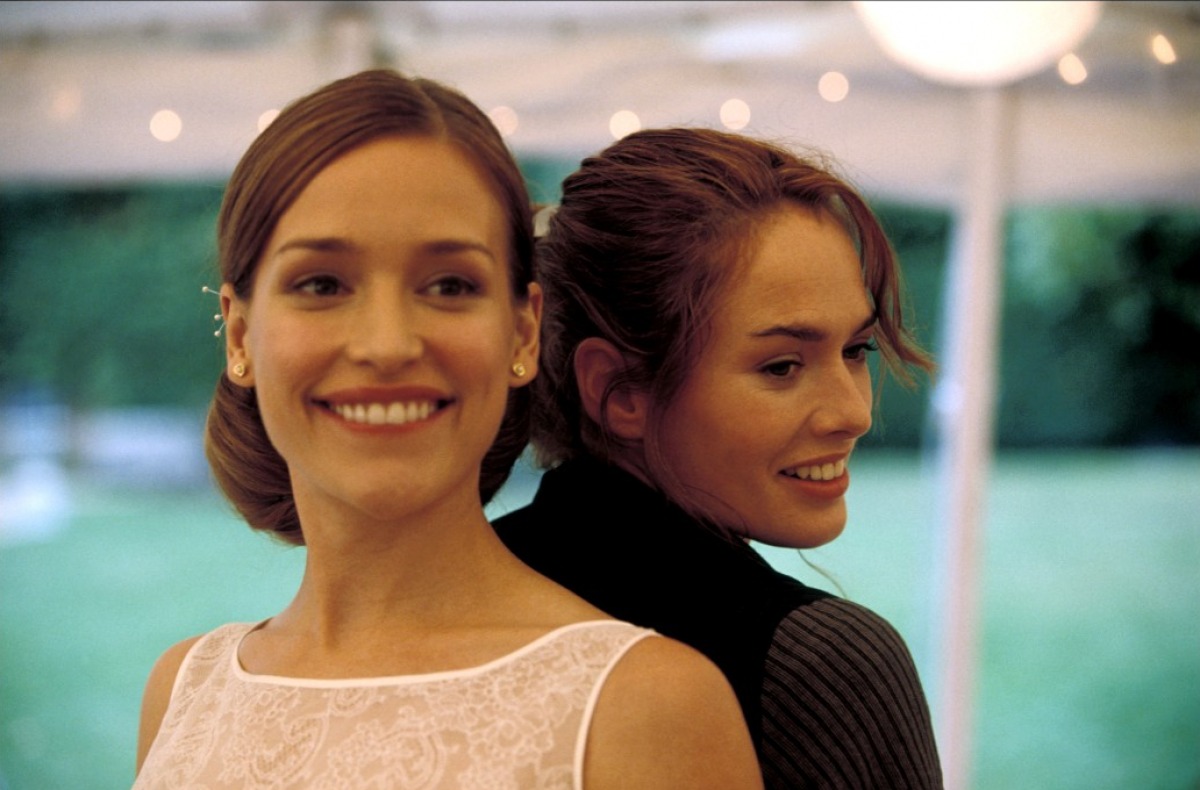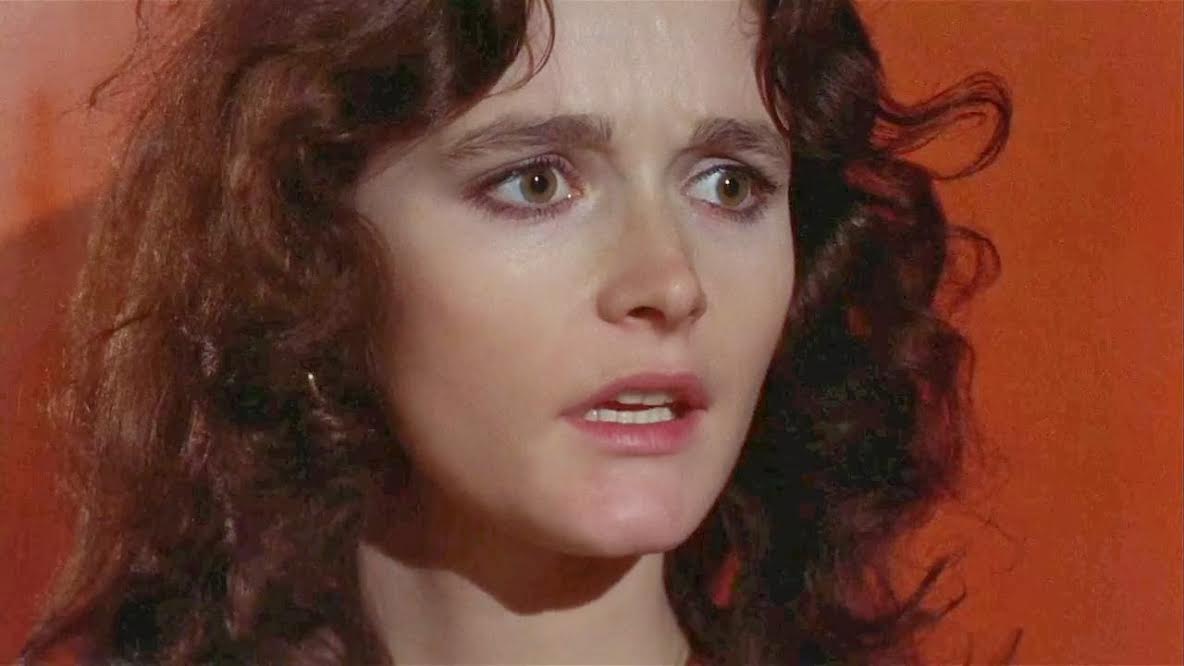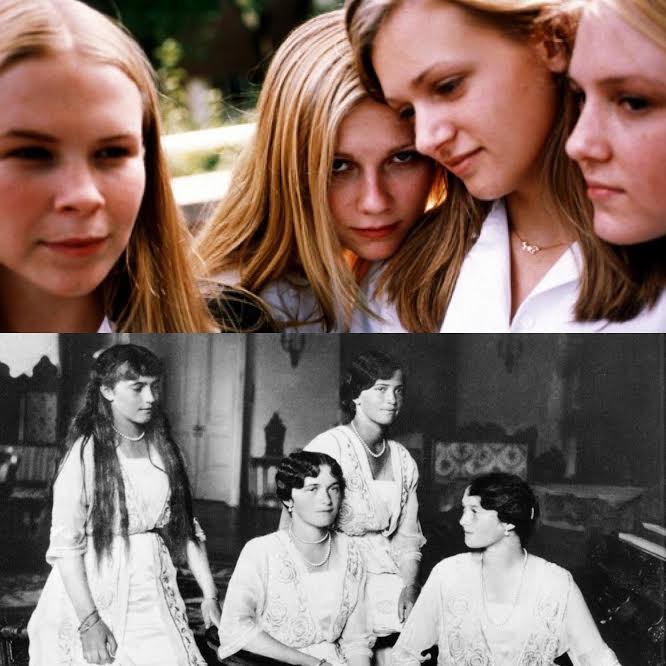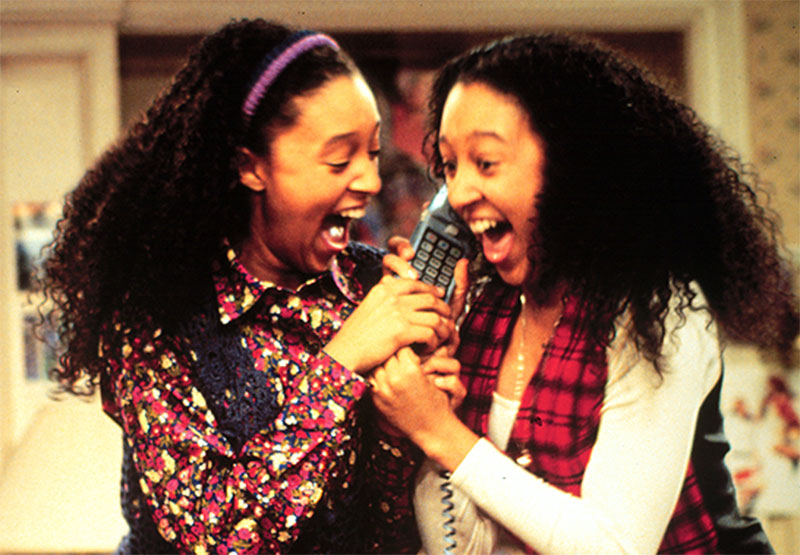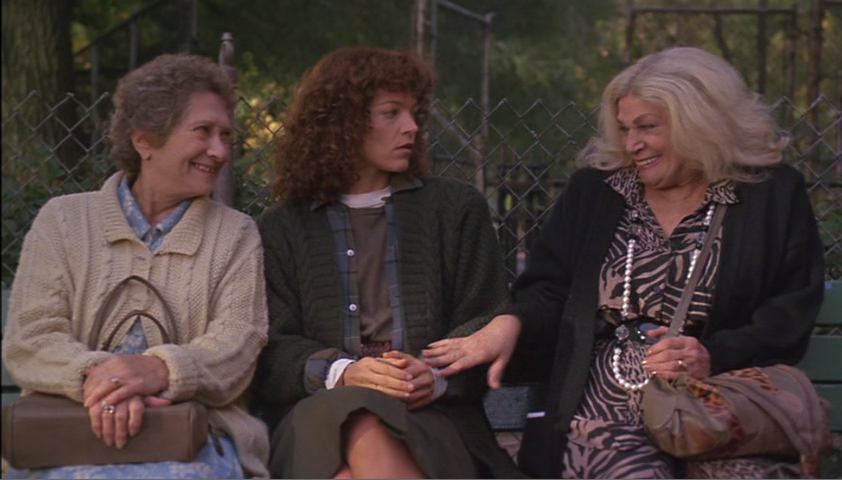The Trope of the Murderous Bisexual Woman
There are a number of films — frequently defined as “erotic thrillers” — which feature bisexual women who are violent, manipulative, and even murderous. … The trope of the promiscuous, aggressive, violent, and unstable bisexual woman is one that truly needs to disappear. Even if directors do not intend any harm to queer people or communities, these inaccurate portrayals lead movie-goers to believe that bisexuality is something dangerous, to be feared.
